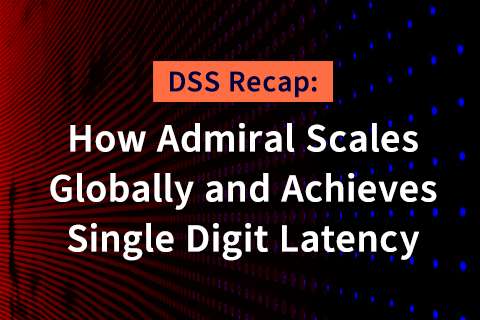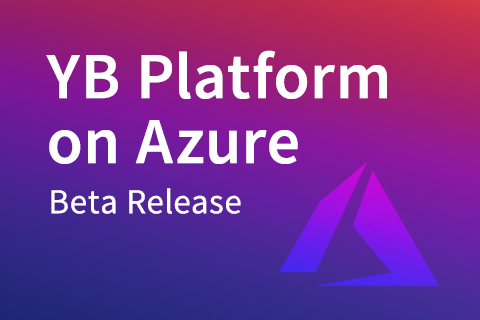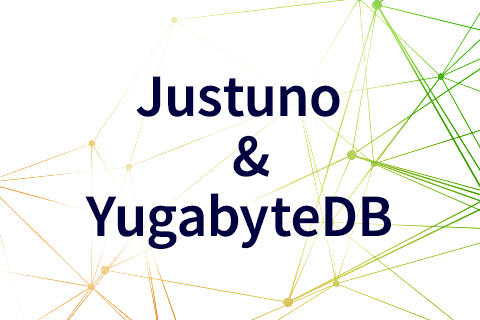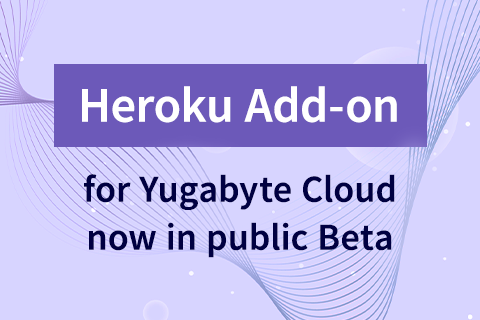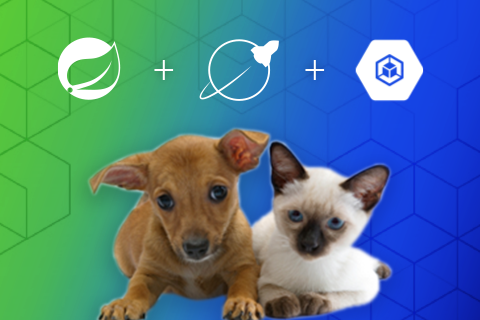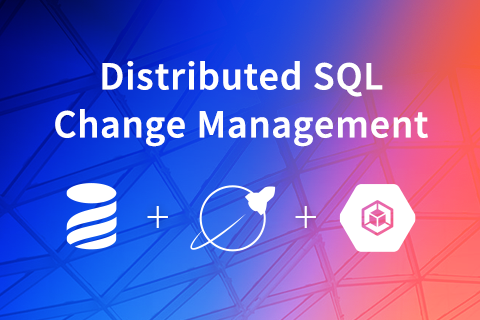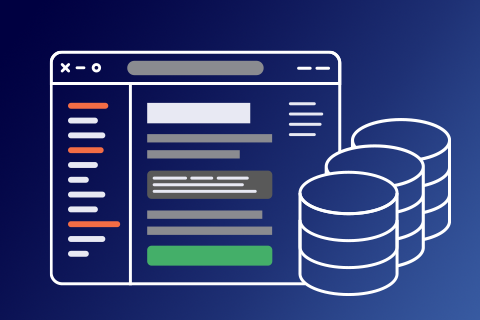Distributed SQL Summit Recap: How Admiral Scales Globally and Achieves Single Digit Latency
At the Distributed SQL Summit 2020, James Hartig – Co-Founder at Admiral, presented the talk “How Admiral Scales Globally with YugabyteDB on Google Cloud While Maintaining Single-Digit Latency.”
Admiral’s Go application runs in Google Cloud across 5 regions in 3 continents. This geo-distributed architecture is powered by a single YugabyteDB cluster that delivers an average global read latency of 3ms! In this talk,
…
